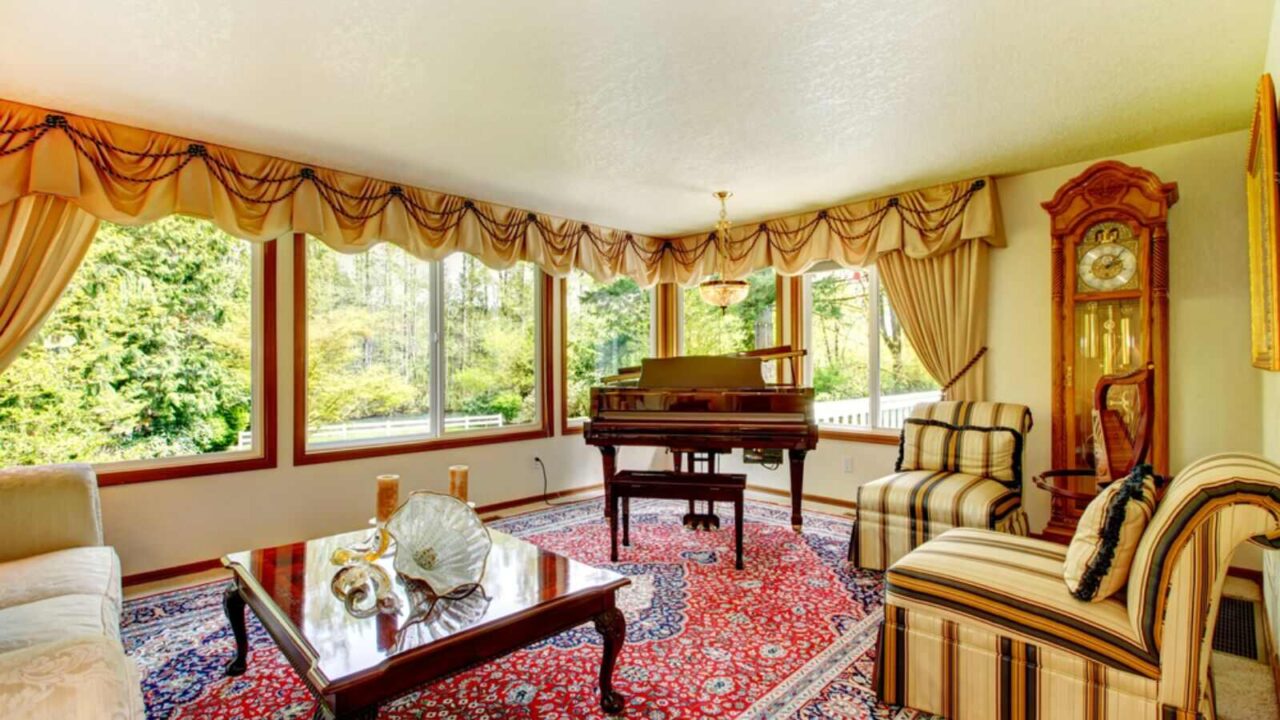
Art of Iconic Interiors
Explore the diverse world of design styles that shape our homes. This slideshow highlights a wide range of aesthetics, from the graceful lines of Art Nouveau to the clean simplicity of Scandinavian design.
Discover what sets each style apart, their cultural influences, and their relevance in today’s homes.
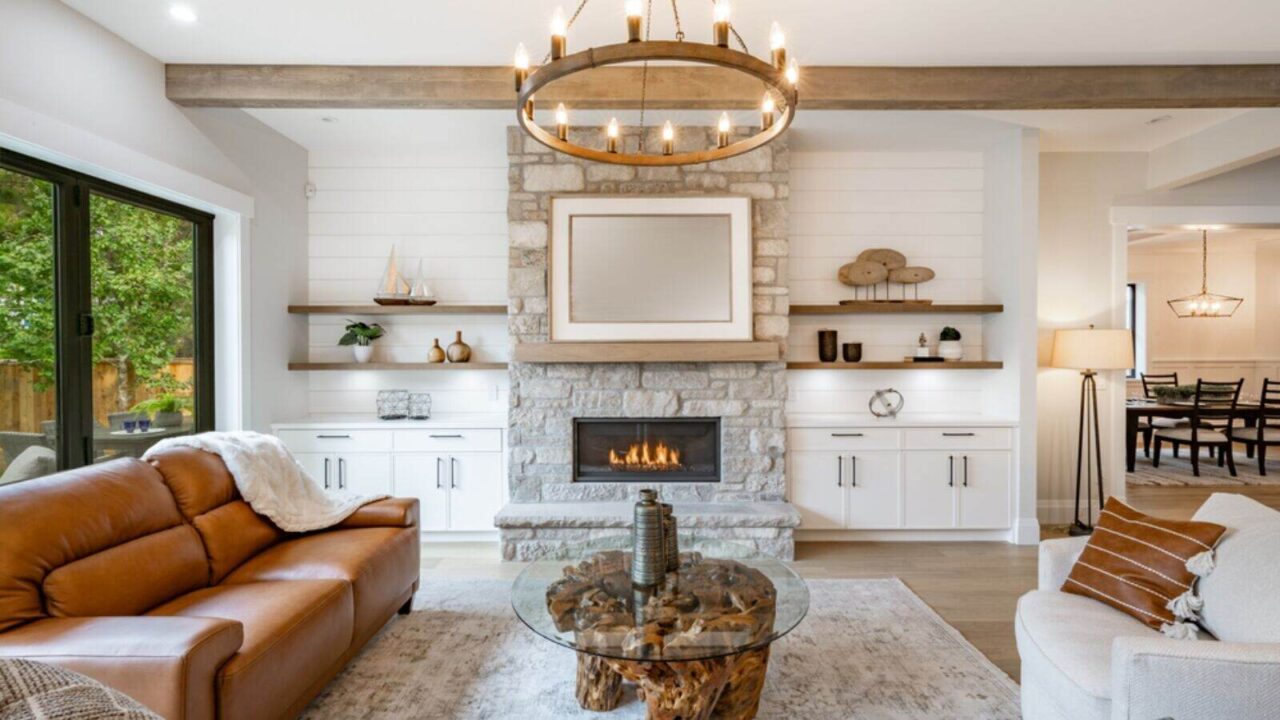
Rustic American Design
Rustic American design brings the warmth of nature indoors, using materials like wood, stone, and leather to create a welcoming environment.
Earthy tones such as browns, beiges, and deep greens add to the cozy atmosphere. Handmade furniture and decor pieces provide a personal touch and showcase the charm of craftsmanship.
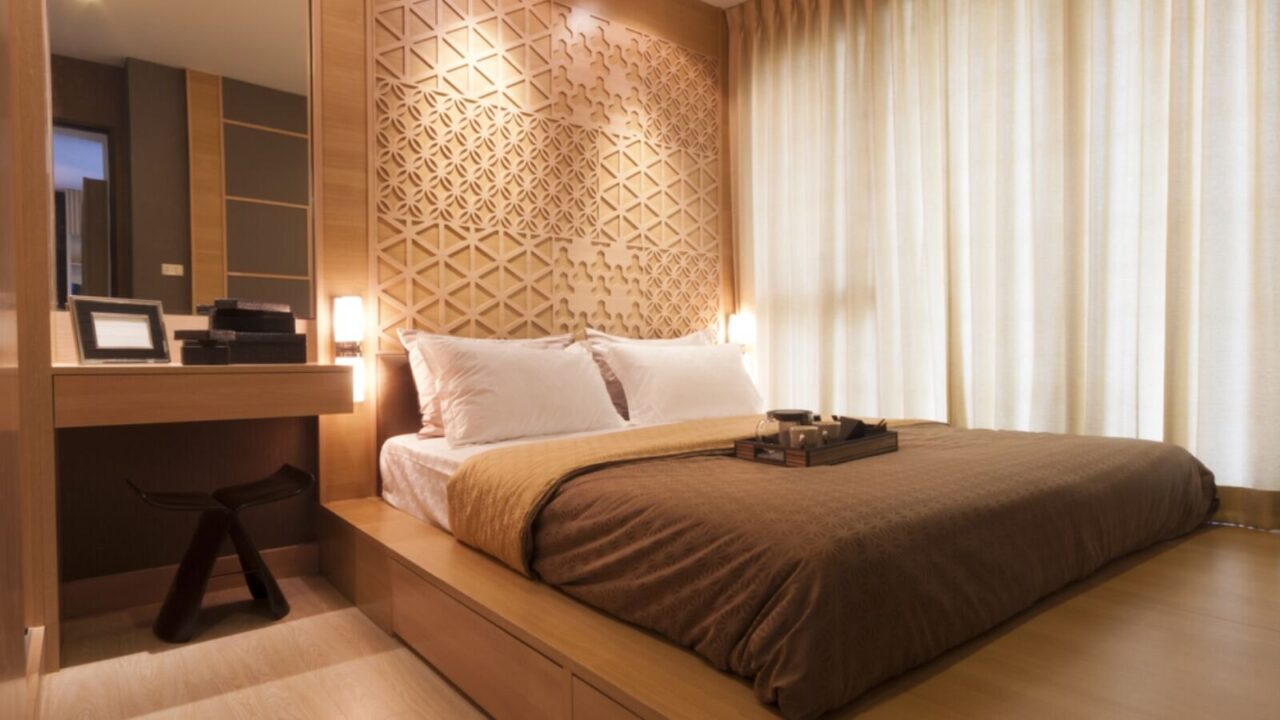
Japanese Zen
Japanese Zen design emphasizes simplicity and tranquility, using natural materials like wood and stone to create peaceful spaces.
Neutral colors like white, beige, and light grey are often used to enhance the feeling of openness and calm. The design fosters a sense of cohesiveness and balance, making it ideal for creating serene environments.
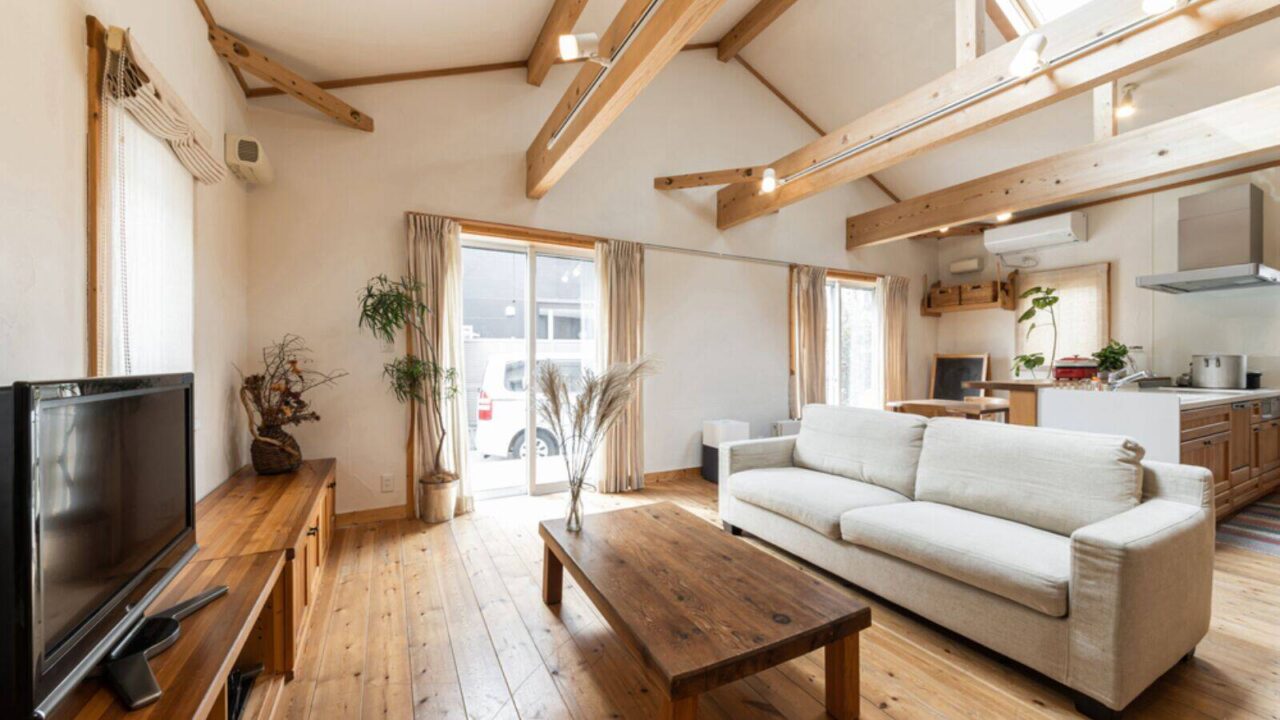
Mediterranean Style
Mediterranean design features natural elements like stucco walls, stone floors, and wrought iron accents to create a timeless appeal.
Wooden beams and ceramic tiles with ornate patterns add warmth and sophistication. This style blends rustic charm with a touch of elegance, creating spaces that are both comfortable and refined.

Scandinavian Simplicity
Scandinavian interiors focus on light and space, often using shades of white, soft grey, and pale blue. Furniture is typically multi-functional, balancing practicality with aesthetics.
The concept of “Hygge,” or creating a warm and cozy atmosphere, is central to this design, making it both inviting and practical.
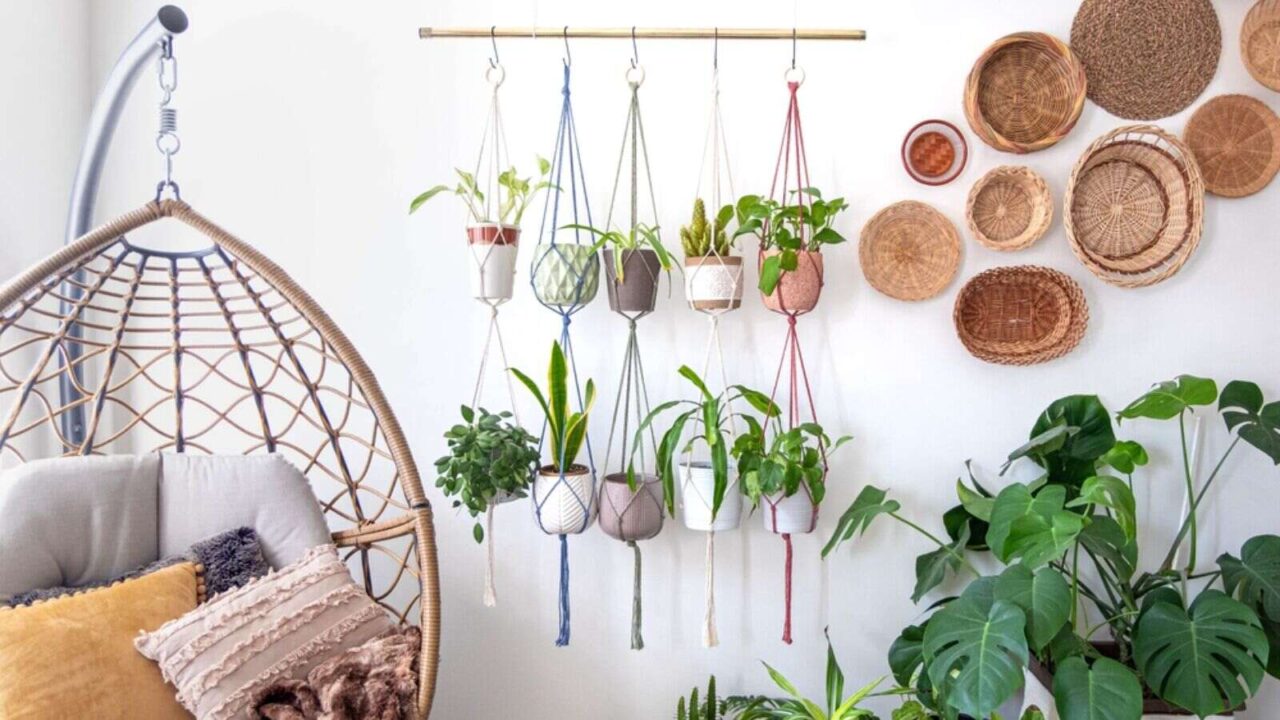
Bohemian Spirit
Bohemian design combines elements from various cultures, creating an eclectic and relaxed look. Layers of tribal patterns, paisleys, and florals are often seen in fabrics like kilim rugs and embroidered pillows.
The style emphasizes individuality, with antique furniture, handmade pottery, and artisanal textiles adding personal character.
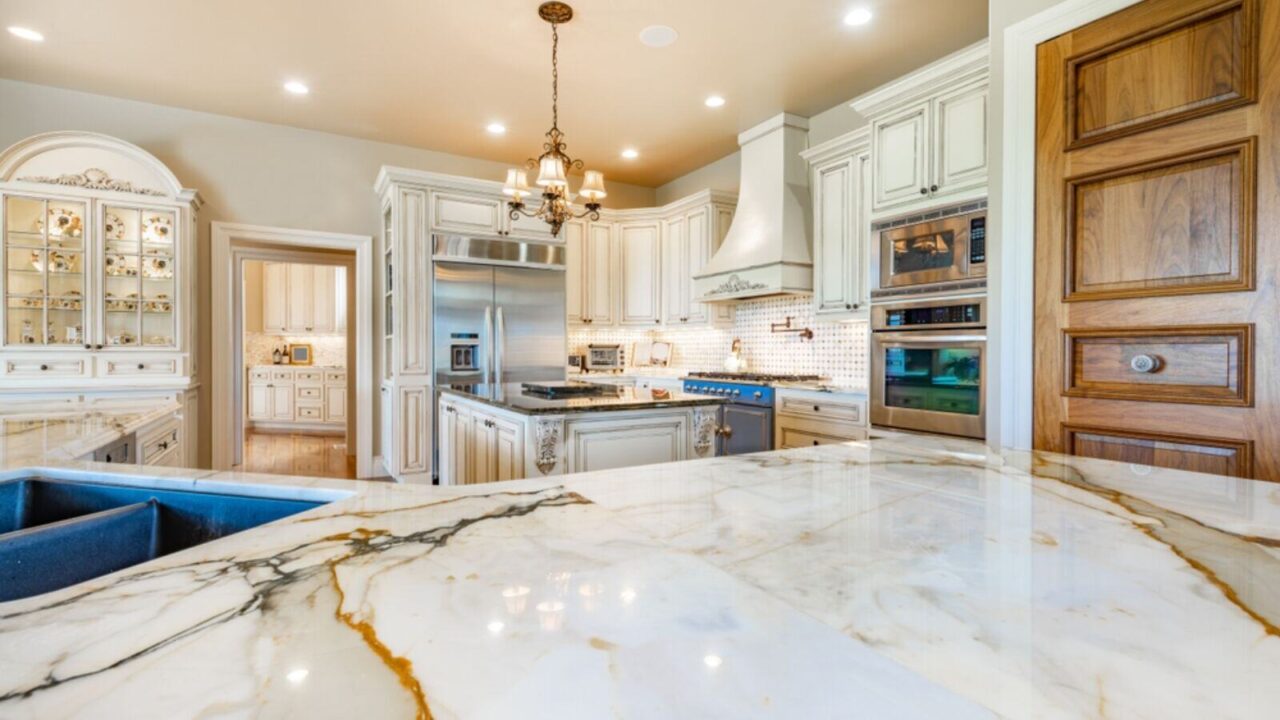
Victorian Elegance
Victorian design is known for its intricate ornamentation, including carved woodwork, elaborate moldings, and rich wallpapers. Architectural details like cornices and plasterwork add to the grandeur.
Accessories such as antique mirrors, brass hardware, and ornate picture frames further enhance the luxurious feel of this style.
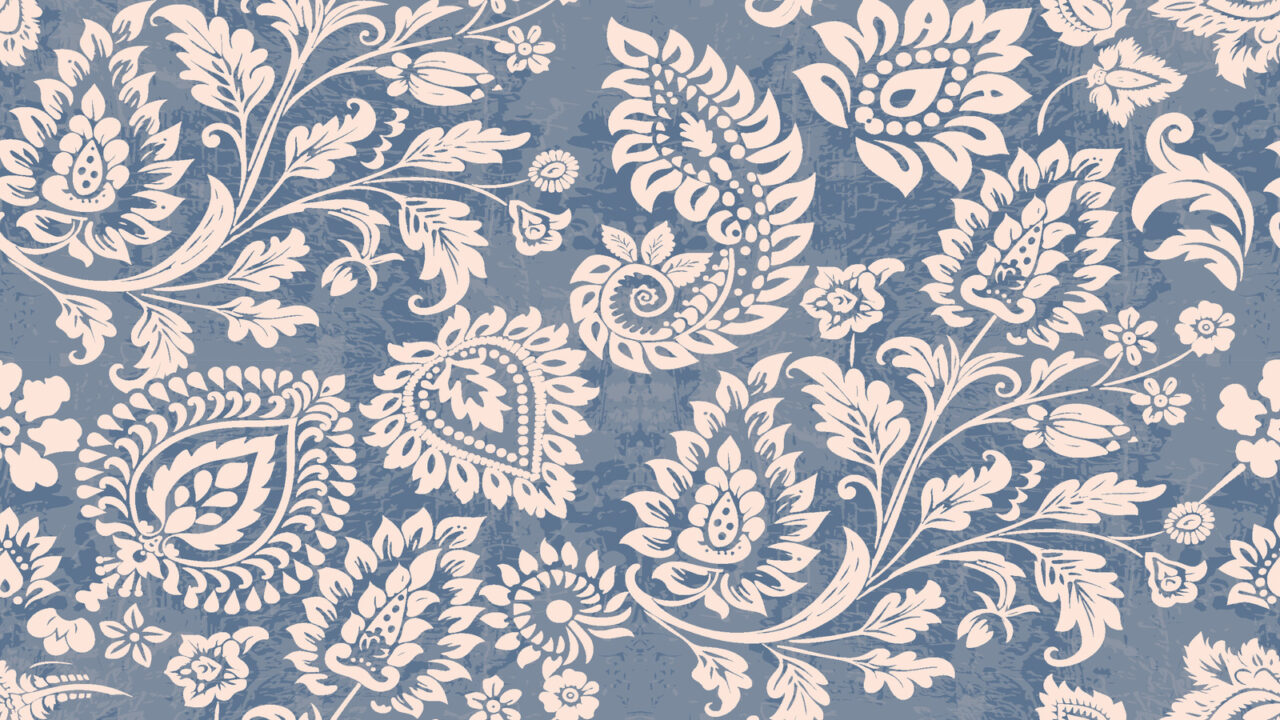
Indian Vibrance
Indian design is characterized by detailed patterns, such as florals, paisleys, and geometric designs in textiles and decor. These intricate motifs add richness and depth to the space.
Architectural features like carved doors and jali screens contribute to the lavish and vibrant atmosphere typical of Indian interiors.

African Tribal Patterns
African design highlights handmade items that reflect traditional craftsmanship.
Look for hand-carved wood, woven baskets, and beaded decorations to bring texture and cultural authenticity. Combining natural materials and bold patterns creates a rich and dynamic interior.
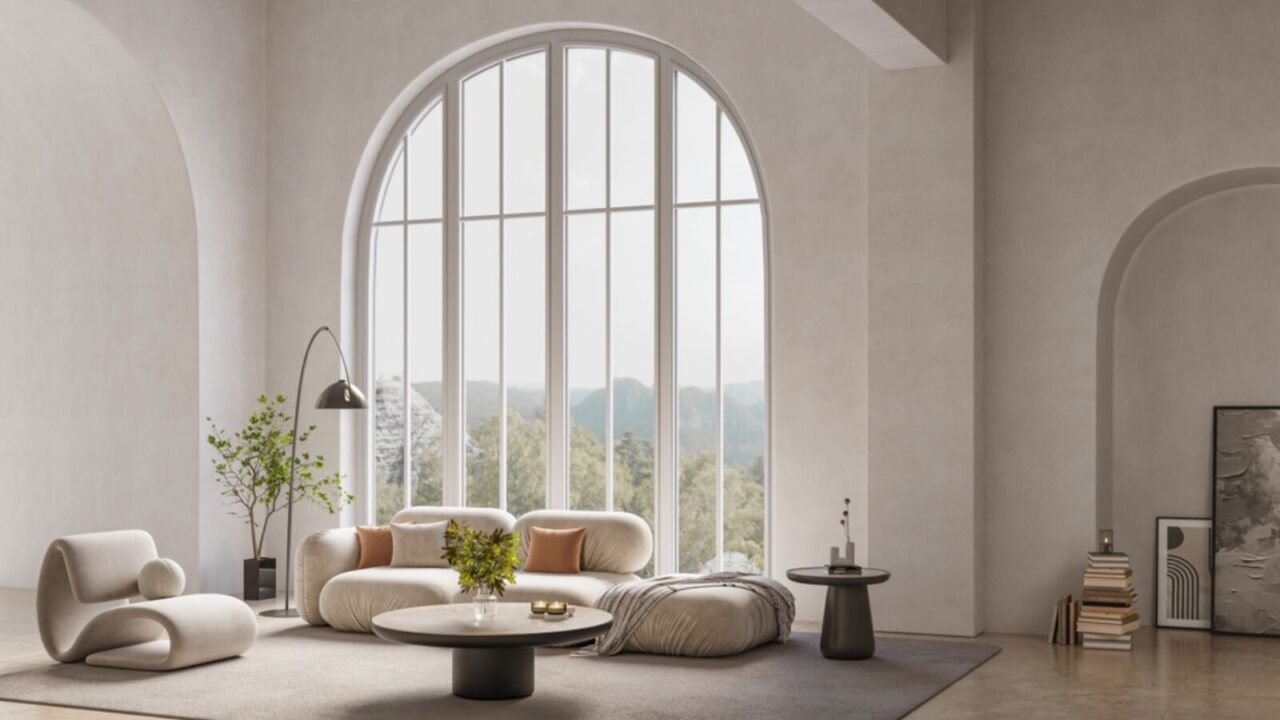
Roman Design
Roman design is known for its architectural features, such as arches and domes. These elements add a sense of classical grandeur to modern interiors.
Incorporating arches in doorways or using skylights inspired by Roman architecture can create a bright and open living space.
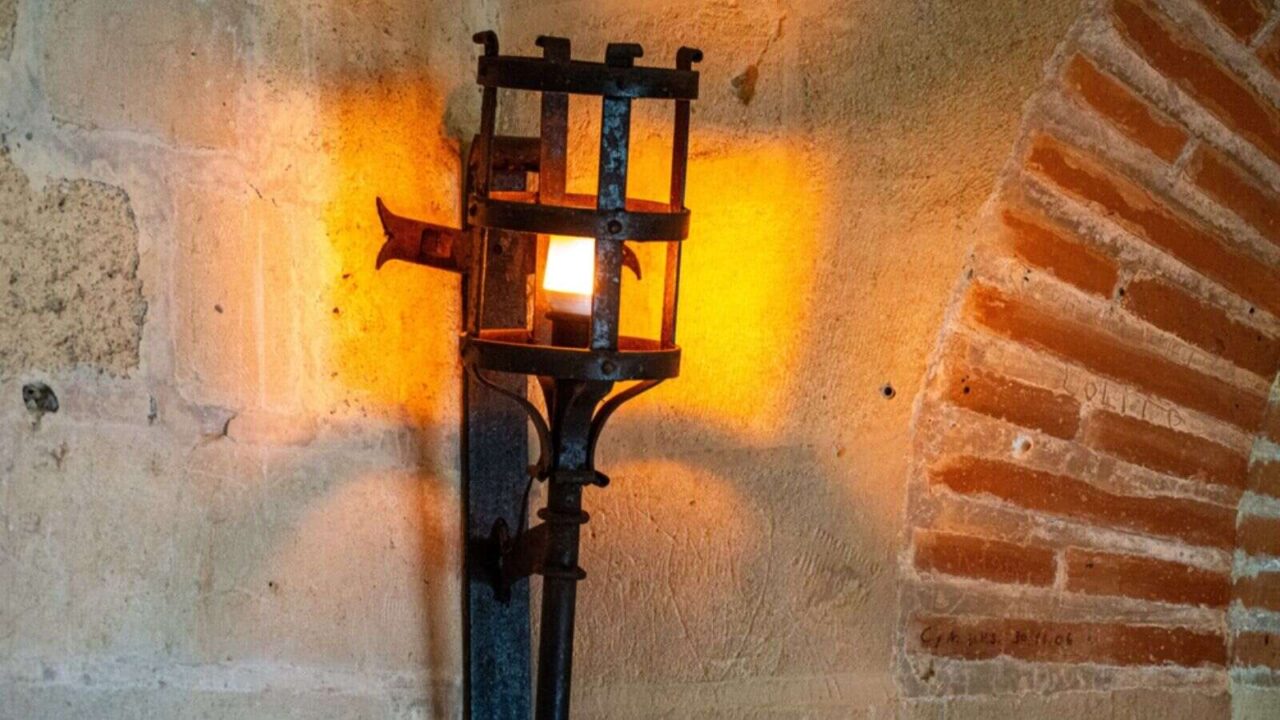
Medieval Charm
Medieval design incorporates elements of Gothic architecture, such as pointed arches and ribbed vaults, to create a historical yet modern look.
Gothic-inspired chandeliers and antique-style furniture add to the old-world charm, while decorative arches bring a touch of medieval elegance to contemporary homes.
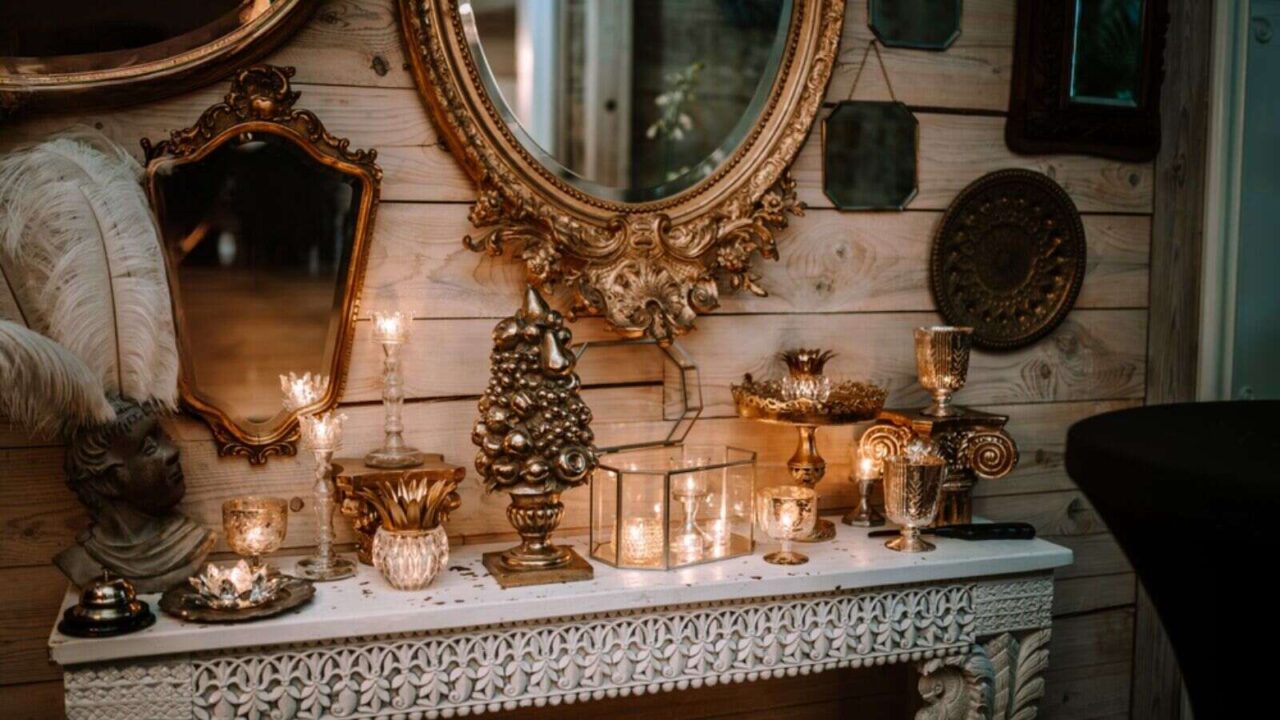
Baroque Contrasts
Baroque design is characterized by dramatic, flowing forms and ornate details. Curved furniture and sculptural objects bring the grandeur of the Baroque era into modern interiors.
Decorative elements like intricate mirrors and elaborate candle holders add a touch of luxury without overwhelming the space.
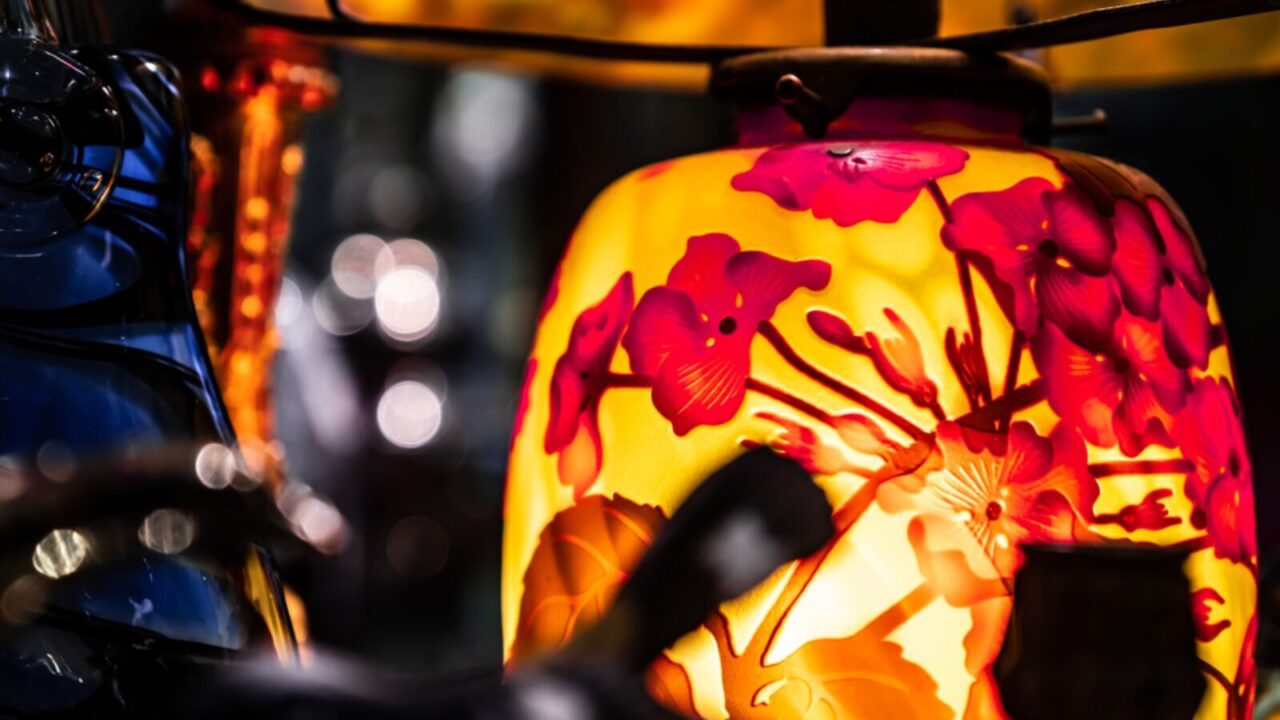
Art Nouveau
Art Nouveau design is known for its organic shapes and nature-inspired motifs. Modern interpretations of this style often include custom-made furniture and unique home accessories.
The focus on craftsmanship and detail creates spaces that are both elegant and personal.
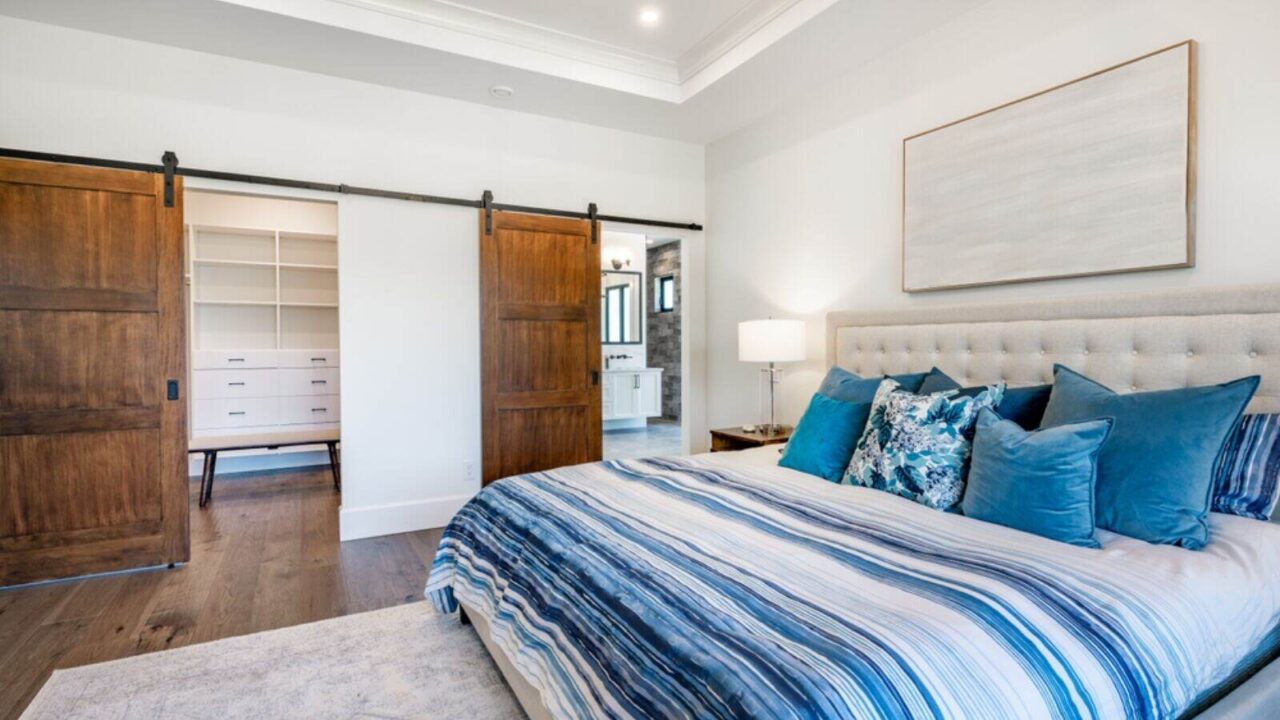
Mid-Century Modern Style
The Mid-Century Modern style features clean lines and geometric patterns, and iconic furniture pieces like Eames chairs and Noguchi tables remain popular today.
This style balances form and function, making it timeless and practical for contemporary homes. Simple, well-designed furniture and bold patterns define this aesthetic.
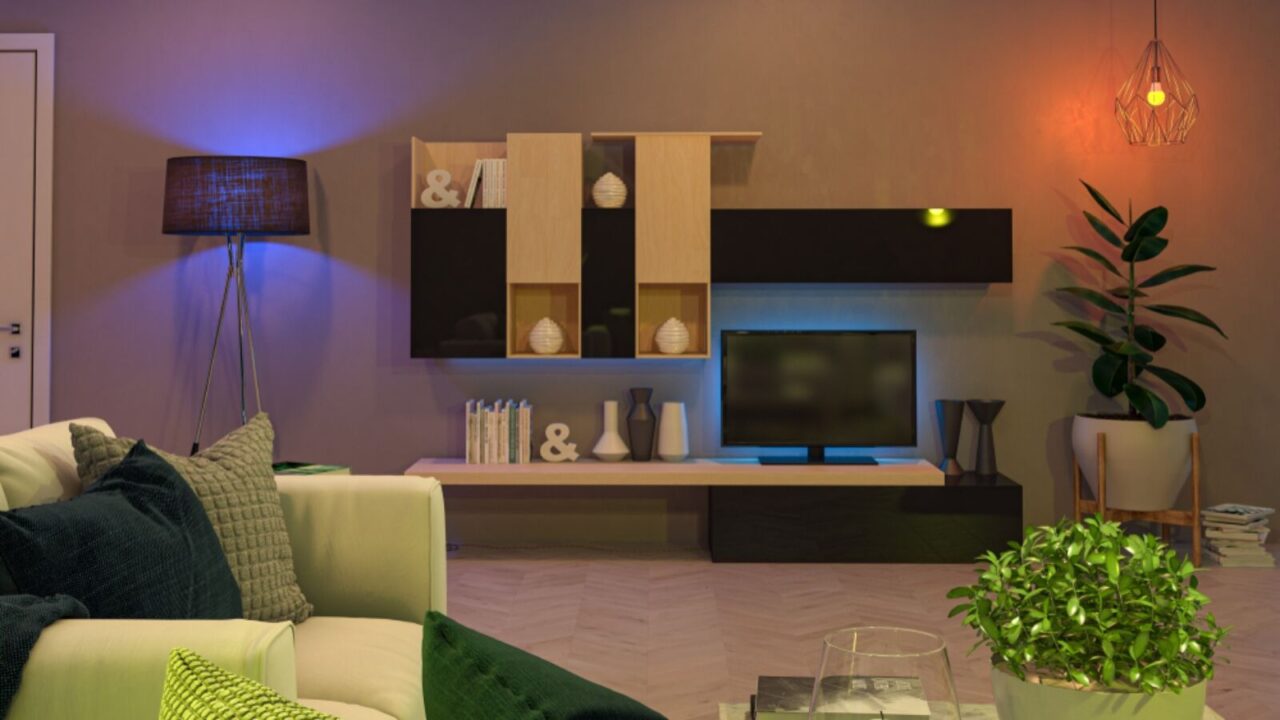
Contemporary Theme
Contemporary design is characterized by minimalism, uncluttered spaces, and light colors. Smart home technology, such as automated lighting and voice-controlled systems, is often integrated into contemporary interiors.
This style’s flexibility makes it suitable for various living environments, from city apartments to suburban homes.
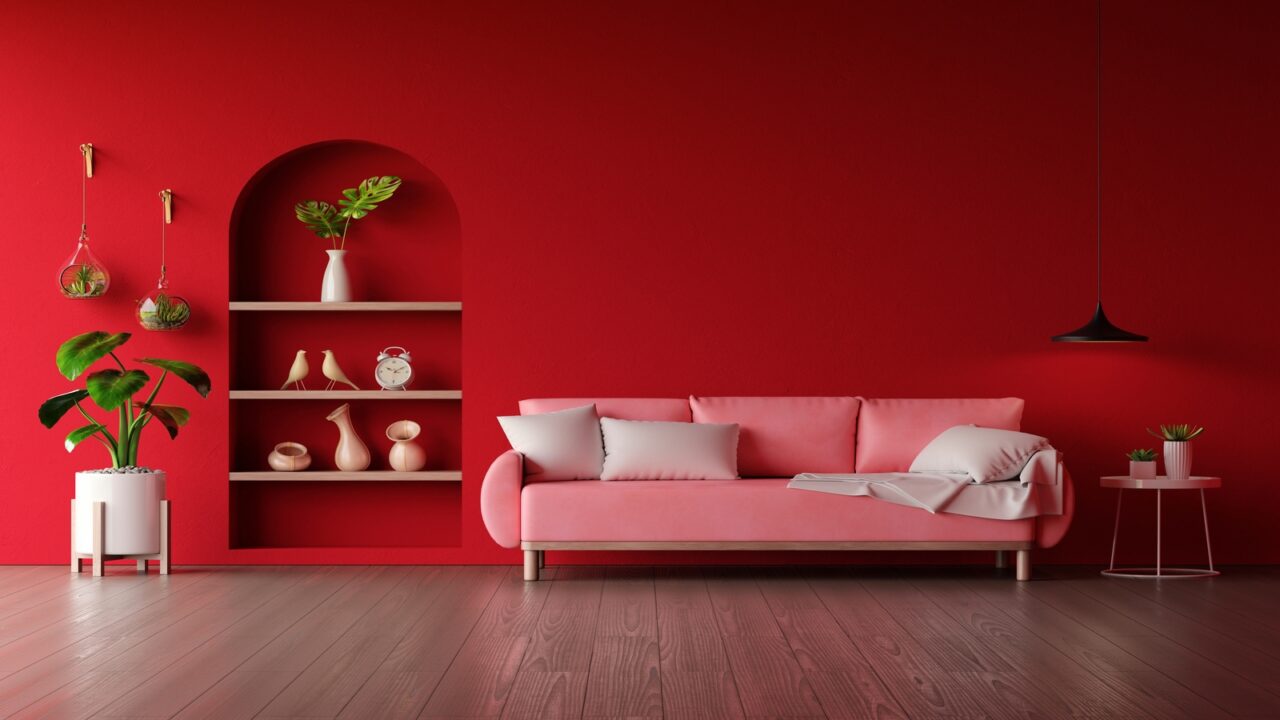
Color Psychology
Colors significantly influence the mood and atmosphere of a home, with each iconic design style using specific hues to create its distinct ambiance. Rustic American design favors earthy tones like browns and greens for a cozy, natural feel.
Scandinavian interiors utilize whites and soft greys to enhance light and space, promoting calmness. Mediterranean style embraces warm, sun-kissed colors like terracotta and deep blue for vibrancy.
If you want to know more about color psychology and its impact, then check out the impact of colors on mood in home decor.
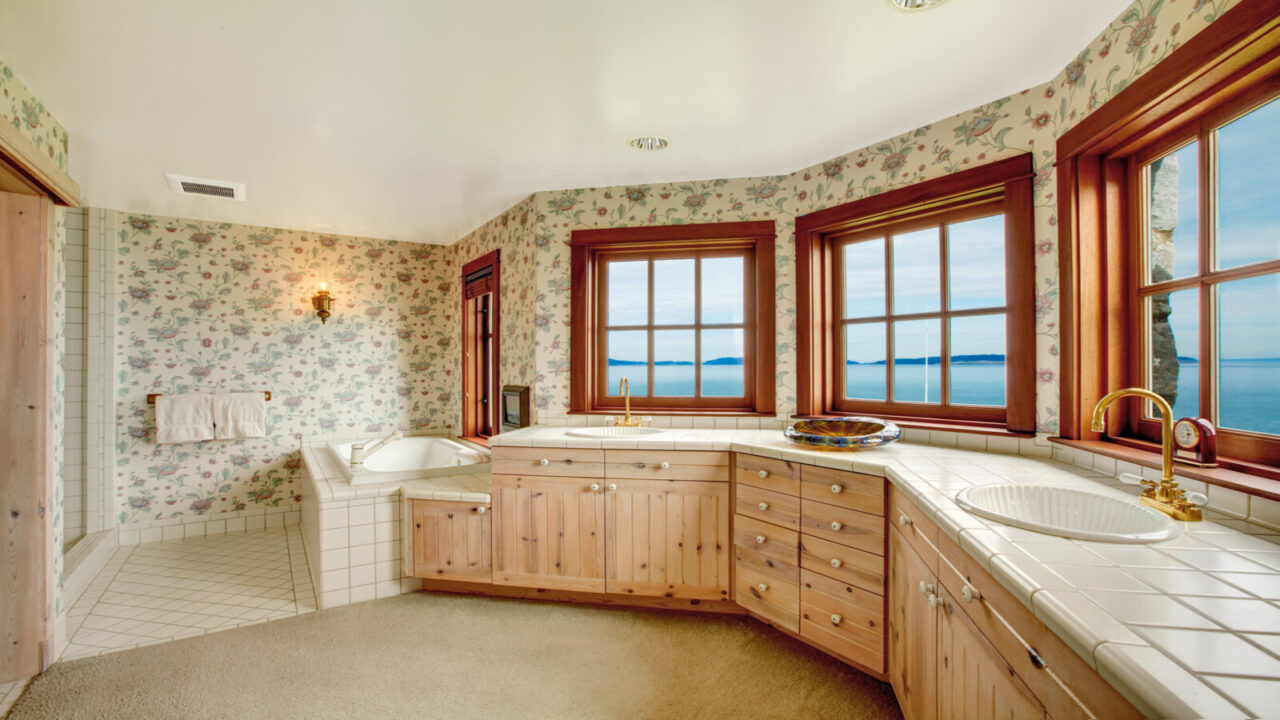
Wallpaper Revival with Bold Prints and Textures
Whether you opt for vintage charm or Scandinavian simplicity, adding bold wallpapers and patterns can give your space a playful twist. This blend of classic and contemporary elements revitalizes any style, making your interiors both unique and vibrant.
If you’re looking for wallpaper inspiration, check out the revival of wallpaper with bold prints and textures.